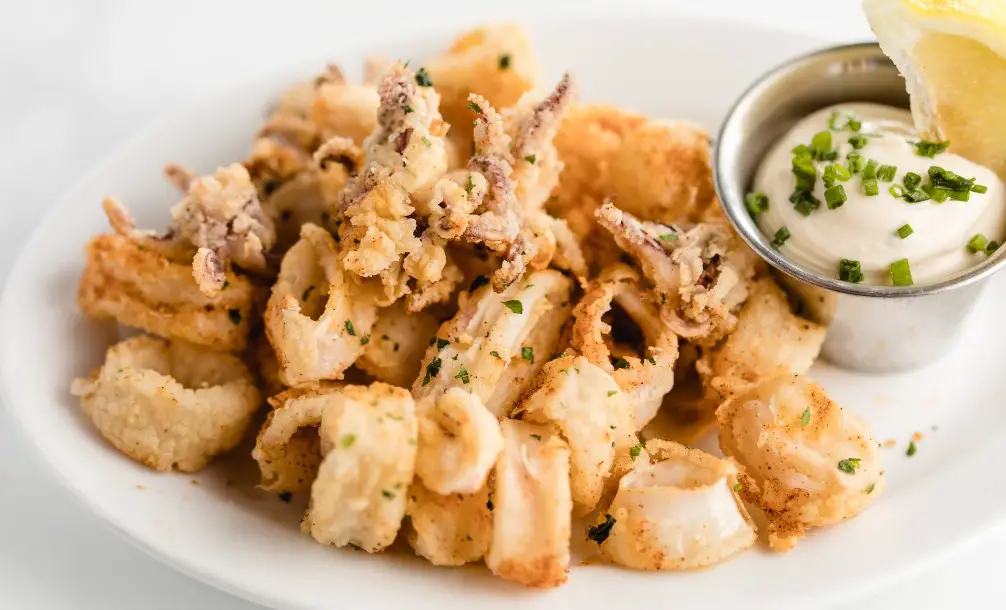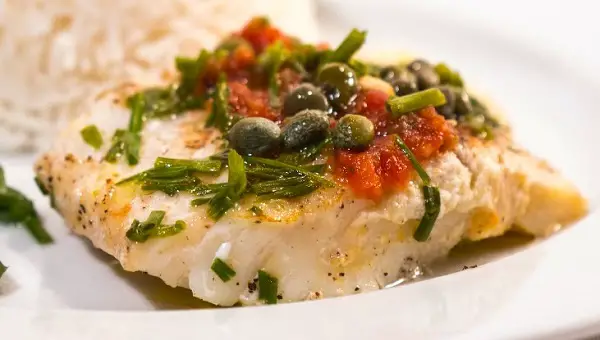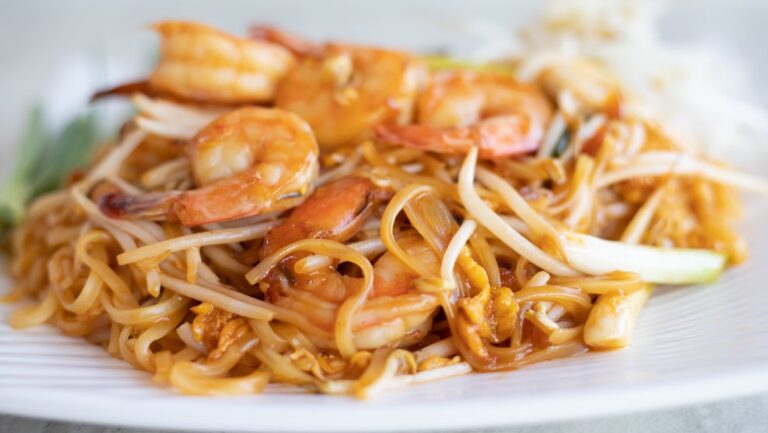Ah, calamari! A delicacy of the sea, enjoyed by many around the world. But there’s a universal frustration with this seafood gem: the unpleasant chewy, rubbery texture that sometimes plagues our plates.
Today, we’re diving into why calamari can end up this way and, most importantly, how you can avoid it.
Reason for Chewy or Rubbery Calamari
Calamari, like other mollusks, contains a good deal of connective tissue. These tissues can either be your best friend or your worst enemy, depending on how you treat them. Quick cooking or prolonged braising is the way to go, while anything in between typically results in that undesirable rubbery texture. This is because, during intermediate cooking times, the proteins form a tight, tough matrix.
How to Prevent Chewy or Rubbery Calamari
- Short or Long Cooking:
Calamari thrives in extremes. Go for a quick grill or fry for up to 45 seconds, or braise it in a delicious sauce for over an hour. - Marinate for Tenderness:
Using milk, lemon juice, or even buttermilk can significantly enhance the tenderness of your calamari. Not only does marinating in these mediums tenderize, but in the case of milk, it can also help remove any off-tastes, especially if your calamari was treated with preservatives like sodium triphosphate. - Know Your Seafood Source:
Opt for “dry” seafood. For instance, when choosing scallops, go for the milky-ivory ones rather than the bright white ones, which have often been treated with moisture-retaining chemicals. - Fry Briefly:
If you’re going for fried calamari, dredge them in seasoned flour and fry just until the coating is done, which usually takes about 30 seconds.
What To Do With Chewy or Rubbery Calamari
So, what if despite your best efforts, you end up with less-than-perfect calamari? Don’t fret! You can still make a delectable dish.
Braising for Tenderness: One of the most effective ways to break down the proteins in calamari and achieve a melt-in-your-mouth tenderness is braising. Slowly cooking the calamari in a flavorful liquid, like a tomato sauce or broth, over low heat for an extended period can work wonders. This method transforms rubbery rings into succulent pieces.
Saucy Redemption: Sauté some vegetables like julienne white onions, seeded sweet cherry peppers, and roasted garlic cloves in a reduction of balsamic & chicken stock. Once your sauce is ready, toss your calamari in it while it’s hot. This will not only impart flavor but also help further soften the calamari. And yes, you’d be wise to have some bread on standby. You’ll want every drop of that sauce!
Calamari is a delightful seafood treat that deserves our patience and understanding. By mastering its quirks and characteristics, you can enjoy it at its best: tender and full of flavor. Whether you’re grilling, frying, or braising, remember the golden rules of calamari cooking, and you’ll be rewarded with a dish that is anything but rubbery.




